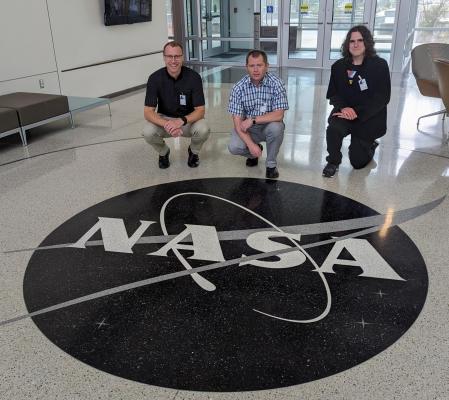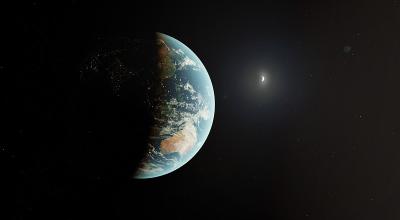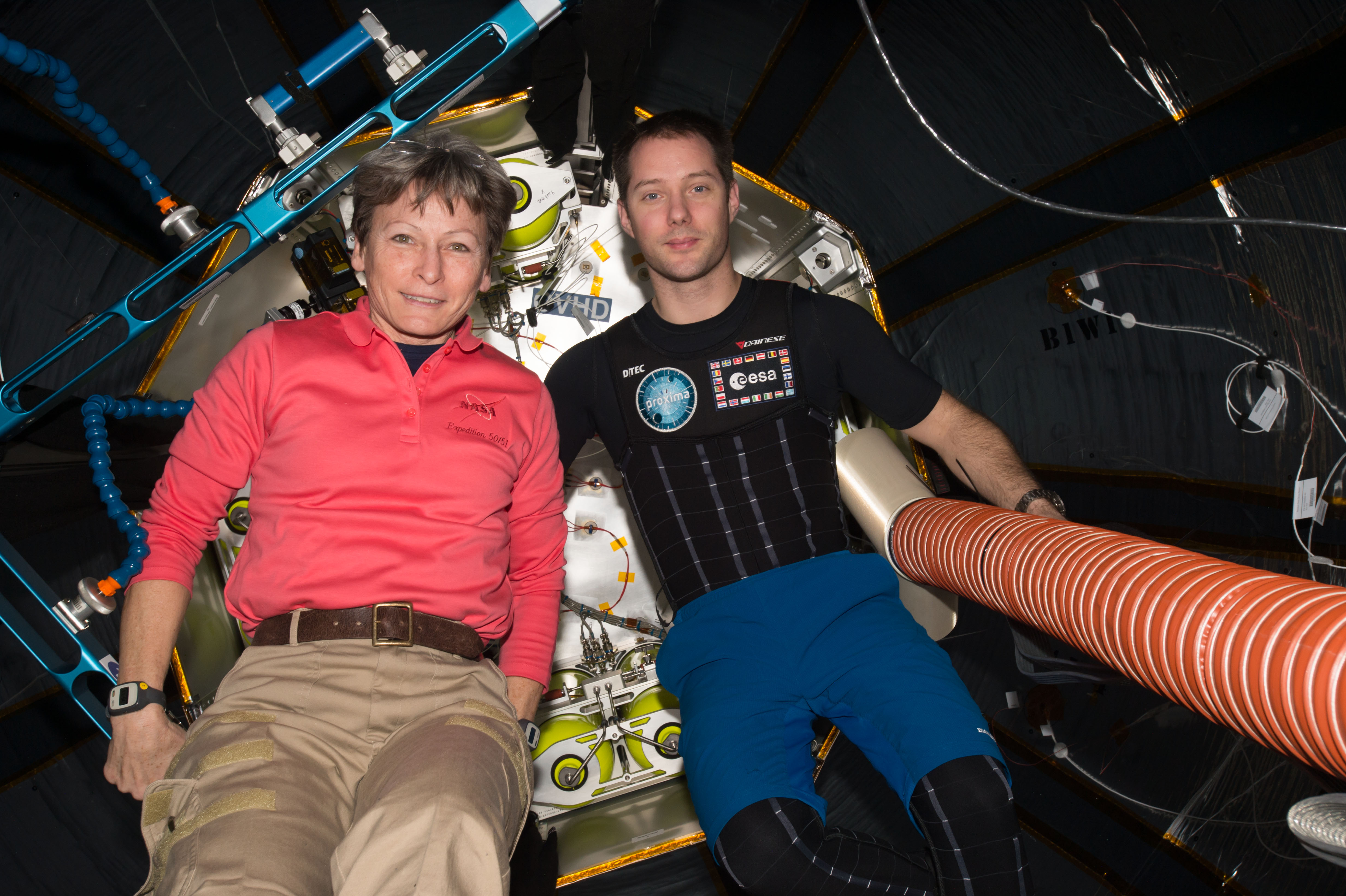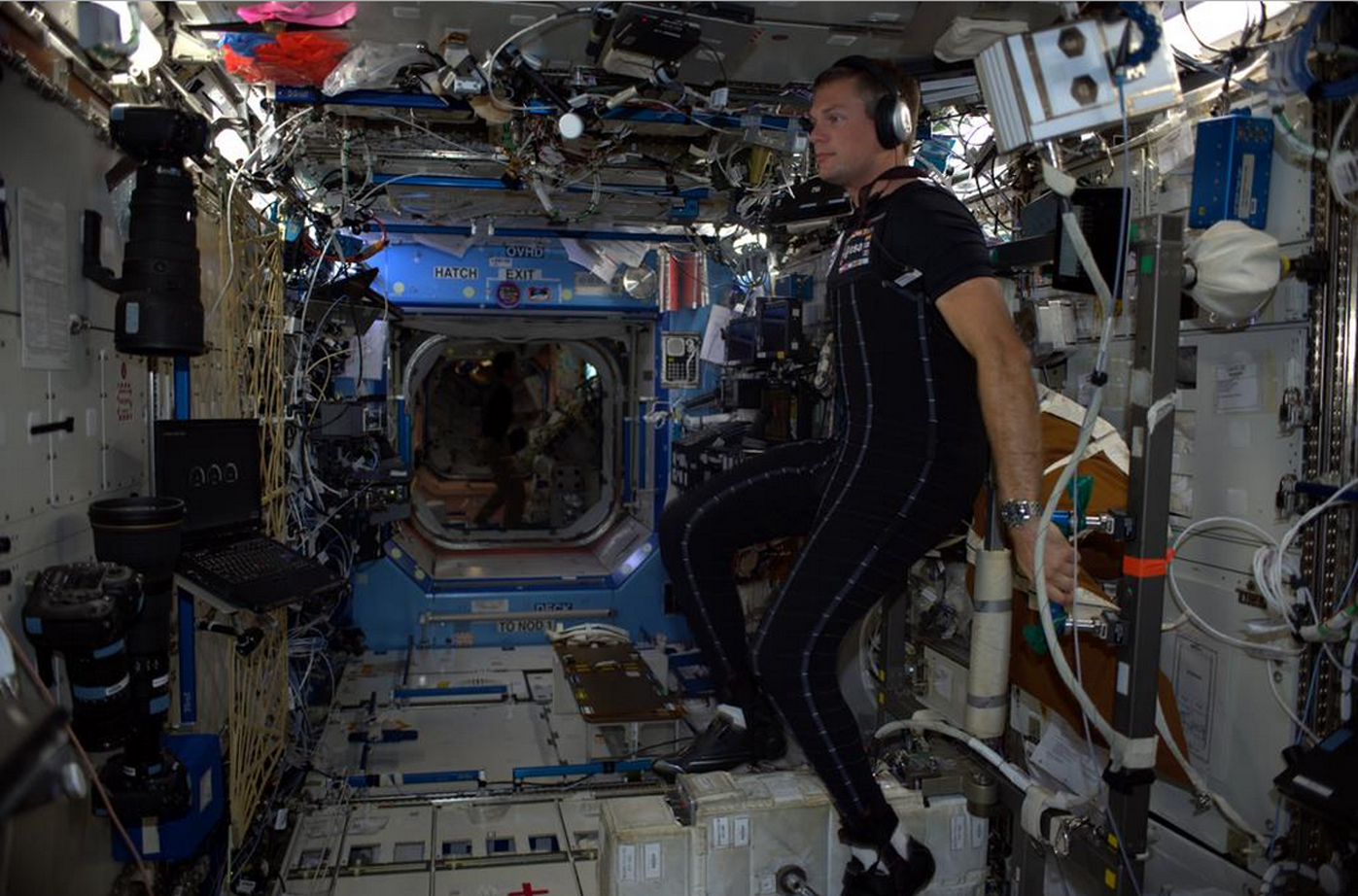Microgravity in space offers medical experts with a unique testing environment that is difficult to replicate on Earth.

New medical technologies, such as monitoring systems, are being tested on the International Space Station before making their way back to our hospitals. Important experiments are being conducted in space that could bring significant medical breakthroughs and address challenges on our planet.
Earth observation satellites provide vital data that can be used for planning medical responses to various threats on Earth. Communications satellites provide doctors with connections to people requiring urgent medical attention in remote areas.
Here are some examples of how medical science is being advanced, thanks to space technology:
The extreme microgravity environment in space provides important insights into physiology. Some of the effects of microgravity include early aging, metabolic and protein changes, immune system impairments, muscle mass atrophy and bone density loss. This can happen even when astronauts maintain regular exercise and a healthy diet. Medical research and experiments are now being conducted in space using “tissue chips” instead of animals or humans. These offer living, microscale cells that are like human tissue and organs. They can be used for long term trials to assist medical science on Earth.
Astronauts lose bone density 10 times faster in space than patients on Earth with osteoporosis. However, medical technology originally developed for space has influenced rehabilitation tools on Earth. For example, a vibrating rehabilitation chair can stimulate muscle contractions like weight-lifting exercises. This innovative treatment assists hospitals and sports medicine specialists. It keeps patients’ joints limber after an injury or surgery.
“Telemetric health monitoring” refers to astronauts’ health information being constantly relayed to Earth in real time. While being critical for longer space flights, it has also been integrated into intensive care units on Earth. It allows doctors to monitor patients’ vitals and medical metrics from outside the hospital. The same technology has been miniaturised into smartphones and fitness trackers. Some newer devices use algorithms that can interpret health data and suggest diagnoses.
Vaccines and drugs can be developed through space experiments in microgravity. From space, researchers can study molecular structure to understand how microorganisms behave. They can see how human cells respond. These biological processes are challenging to reproduce on Earth.
Satellite communications connect patients to medical experts for telemedicine services. This technology enables wide coverage and reliable data transfers. It is particularly useful for reaching remote or hard-to-reach areas. Telemedicine via satellite helps experts intervene in time sensitive situations. Virtual care can also be used to limit evacuations. This saves precious resources during times of crisis.
Environmental conditions influence how infectious diseases spread and evolve. Therefore environmental data help predict the vector of diseases. Satellites have sensors that can detect different parameters about the Earth’s surface from far away. This “remote sensing” can show scientists temperatures of the land and sea, rainfall, humidity, air pollutants, cloud coverage, salinity and bacteria in the ocean, population and livestock density, bare soil coverage and land altitude. The data from satellites helps experts plan effective health strategies.
Case study: Compression Skinsuits by Human Aerospace
Space travel brings about physiological challenges, as it causes various stresses on the human body. While floating in microgravity, astronauts’ bones and muscles deplete, because they’re not using their normal strength to move around. When they return to Earth, they struggle with balance, co-ordination, and blood flow, which can lead to fainting. All these problems can be aided using compression skinsuit technology.
Compression skinsuits
Australian company Human Aerospace has designed several compression skinsuits, with funding support from the Australian Space Agency that address these issues:
- The Gravity Loading Countermeasure Skinsuit tricks the body into believing it’s standing on Earth, to maintain bone density.
- The Orthostatic Intolerance Garment helps maintain blood flow to the brain to reduce fainting during and after landing.
- The Sensorimotor suit provides specific skin contact and movement resistance that helps astronauts maintain their balance and coordination.
Compression skinsuit technology also has important benefits on Earth, such as supporting athletes with recovery from exercise, injuries, or surgeries. Compression can be used to treat burns, lymphoedema, osteoporosis, cerebral palsy and to prevent deep vein thrombosis.

New innovations for the future
Human Aerospace is supported by the Australian Space Agency through the International Space Investment and Moon to Mars Supply Chain grants. The grant has opened doors to work with NASA, progressing new innovations such as:
- Developing a specific health countermeasure suit: an orthostatic intolerance garment (OIG)
- Using Human Aerospace’s orbital 3D scanning device to aid understanding of how the human body changes in microgravity and pressure from skin compression suits.
- Looking at new iterations of the skinsuit technology, including a thigh cuff that reduces discomfort and physiological impacts of fluid shift when entering microgravity.

Caption: James Waldie (centre) with Braid MacRae (left)
and Sky Velleity (right) visiting NASA’s Johnson Space Centre in 2024

Why Space matters
Learn how space matters in our everyday lives – from keeping us healthy to inspiring us to go beyond the boundaries of what we think is possible.



